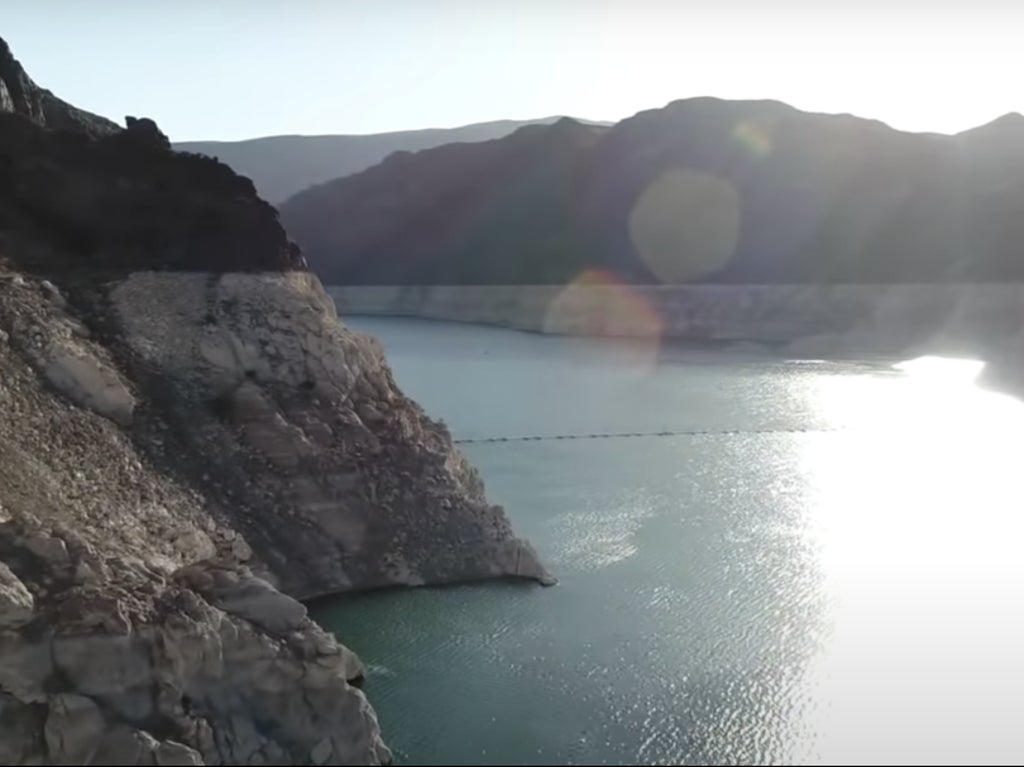
The US is expected to declare its first-ever “tier one” water shortage at Lake Mead – the largest US reservoir by volume – after its water level reached historic lows and continues to decline.
The reservoir on the Colorado river is at only 37 per cent capacity, the lowest level since the lake was filled after the construction of the Hoover Dam in the 1930s. It currently sits at 1,069 feet above sea level.
Recent photos reveal the drastic change in water levels. Lake Mead has been left with a “bathtub ring” of white minerals on its shoreline due to the decline.
The historic lows may trigger the federal government to announce a shortage, according to reports.
The lake sits near Las Vegas, along the Nevada-Arizona border and provides electricity for several areas in Arizona, California and Nevada. It is also a source of water for urban, rural and tribal lands across the southwest.

However, the Colorado river basin has witnessed one of the driest years so far with many reservoirs at or approaching historic low levels. Like Lake Mead, Lake Powell also only at 34 per cent of its total capacity and could hit its lowest level next year since it was filled in 1964. Several of California’s reservoirs are also at very low levels.
The drought-like situation in the southwest, triggered after record temperatures and lower snowpack melt, is raising fears of water shortage and reduced electricity generation capacity.
“We’re at the point where some serious decisions will likely have to be made,” Doug Hendrix, US bureau of reclamation, was quoted by KTLA as saying. The news channel reported quoting him that the record low water levels in Lake Mead is expected to trigger the bureau’s first-ever declaration of a tier-one water shortage.
The declaration would mean calls of cutback starting next year in the amount of water sent to states of Nevada and Arizona from the Colorado River water, including the share of Mexico would be affected.







